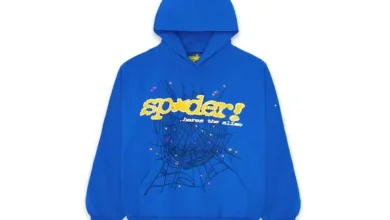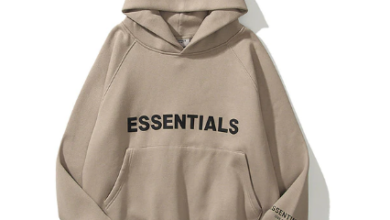
In the field of graphic design, the importance of high-quality visuals can’t be overstated. Whether you’re creating a logo, infographic, or promotional materials, choosing a design style can make or break your project. Vector art services are a game changer in this regard, providing scalable, high-quality images that maintain clarity no matter the size. In this blog post, we’ll show you how to use these services effectively to ensure your designs are not only beautiful, but customized to your specific needs.
Understanding the basics of vector art
Vector art is a type of digital art that uses mathematical formulas to form shapes, lines, and colors, allowing for infinite scalability without loss of quality. This contrasts with raster graphics, which are pixel-based and can become pixelated when resized. Software such as Adobe Illustrator and CorelDraw is usually used to create vector graphics, making it ideal for projects that need to be changed, such as various platforms and logos and illustrations used in format. In addition, vector graphics provide greater versatility and enable simpler changes and changes compared to raster images.
Choosing the Right Vector Graphics Service Provider
Choosing a vector graphics service provider involves several important considerations to ensure the best results. First, review the portfolios of different providers to evaluate their experience and style. Pay close attention to the types of projects they\’ve handled, ensuring they align with your specific needs, such as logo design or intricate illustrations.
Customer reviews and testimonials can offer valuable insights into the reliability and quality of a provider\’s work. Look for reviews that highlight consistent communication, on-time delivery of deadlines, and overall satisfaction with the end product.
A transparent pricing structure is also essential. Make sure you ask what services are included in the quoted price and if there are any extra charges. Clear communication from the start can help avoid unexpected costs later. Consider the vendor’s approach to customer interactions. Vendors that actively seek out and value customer feedback are more likely to deliver results that meet your expectations. Please contact the potential supplier. Because it may indicate the amount to manage the project.
Communicating Your Design Needs Effectively
Clearly outline your design objectives, detailing the message you wish to convey and identifying your target audience. A well-defined concept sets the foundation for effective discussions with the service provider.
Gather inspiration from existing designs, such as color palettes, typography, or specific styles that resonate with you. Visual references help the artist grasp your aesthetic preferences and expectations.
Specify your requirements regarding sizes, formats, and any particular elements you want included in the design. If there are deadlines, communicate them upfront to ensure the provider can accommodate your schedule.
Effective communication also involves listening to the designer’s suggestions. Their expertise can offer valuable insights that enhance the final product, making your collaboration more productive and creative.
Reviewing and Providing Feedback on Initial Drafts
As you examine the initial drafts of your vector art, focus on how effectively they capture your vision and meet your outlined objectives. Assess elements like color schemes, shapes, and overall composition for alignment with your expectations.
Provide constructive feedback that is specific and actionable. Instead of vague comments like, “I don’t like this part,” offer detailed suggestions such as, “Can we try a different font style for better readability?” or “Let’s adjust the color saturation for a more vibrant look.”
Maintain open communication with the designer throughout this phase. Discussing the drafts openly can spark new ideas and lead to refinements that elevate the final design. Treat this as a collaborative effort, where both your input and the designer’s expertise work together to shape the final product.
Finalizing and Implementing Your Vector Art Designs
After going through our feedback process, we ensure that every aspect of your vector artwork meets our expectations, including any necessary adjustments to color, shape, and layout. This critical step determines the quality of the final product. Discuss the specific format you need to implement your design. Common formats include AI, EPS, and SVG, with each format offering its own advantages depending on the application. For example, the SVG format is highly scalable and has a small file size, making it ideal for web use, while the EPS format is suitable for high-resolution print media. Check with your service provider to make sure you receive the design in the format you need to avoid compatibility issues later. It is also important to clarify ownership and licenses for your vector art. Make sure you have the necessary rights to use, reproduce, and modify the design for various projects. This prevents legal complications and can completely control artwork.
Once all are confirmed, you can start implementing a vector design on various platforms. Whether it’s for websites, promotional materials, or branding, the scalable nature of vector graphics ensures that visuals remain crisp and professional regardless of size or medium.
Conclusion
Mastering the use of Vector art services can greatly improve the quality and flexibility of your design projects. The inherent benefits of vector graphics, such as infinite scalability and ease of modification, make them invaluable for a wide range of applications, from branding and marketing materials to complex illustrations. To get the most out of these services, first make sure you understand what vector graphics are and how they differ from other graphic formats. Carefully select a service provider whose portfolio matches your project needs, and maintain clear and consistent communication throughout the design process. We can provide detailed feedback on initial designs to help hone your vision and ensure the final product fully lives up to your expectations.



